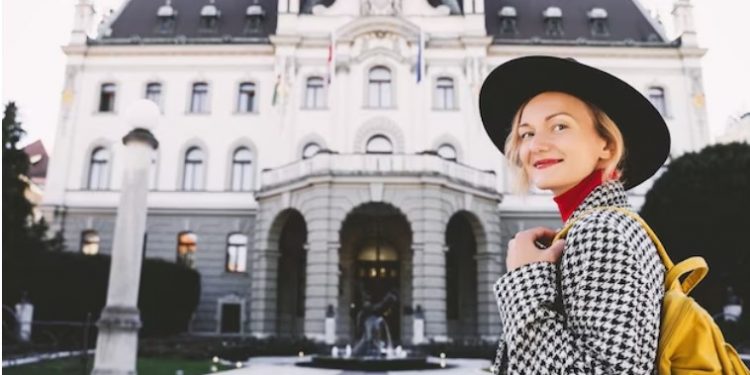Munich, Germany’s third-largest city, is known for its diverse architectural styles that reflect its rich history. From Baroque and Rococo to Modernist and Postmodernist designs, every corner of the city offers a visual treat to architecture lovers.
Historical Munich: Baroque and Rococo
One cannot discuss Munich’s architecture without delving into its rich past, where Baroque and Rococo styles dominated the city’s aesthetics. The Nymphenburg Palace is an exemplar of Baroque architecture, with its intricate detailing, symmetrical design, and grand facade.
For a closer look at Rococo, the Asam Church is a must-visit. Its beautifully intricate interiors and compact size highlight the typical characteristics of the Rococo style.
Gothic Splendour: Frauenkirche
The Frauenkirche or Cathedral of Our Dear Lady, with its distinctive dome-topped towers, stands as a testament to Gothic architecture in Munich. Its minimalistic interior, which is a stark contrast to the elaborate exterior, is worth exploring.
Neoclassical Elegance: Königsplatz
The Königsplatz, designed in a Neoclassical style, is a testament to Munich’s architectural evolution. Encompassing the State Museum of Classical Art, Glyptothek, and the Propylaea, this area has been Munich’s center of arts and culture since King Ludwig I commissioned its design in the early 19th century.
Art Nouveau in Munich: Müller’sches Volksbad
The Müller’sches Volksbad, one of Europe’s most beautiful swimming pools, embodies Art Nouveau’s unique style. Its attention to detail and intricate use of decorative art are truly remarkable.
Modern and Postmodern Styles
Moving on to modern styles, Olympiapark, built for the 1972 Summer Olympics, is a striking example of modern architecture’s emphasis on function and form.
Postmodern architecture, characterized by its departure from modernism’s strictures and its embrace of ornamentation and color, finds its place in Munich with buildings like the Fünf Höfe shopping mall. Its unique design blends perfectly into Munich’s diverse architectural landscape.
Excursions in Munich
While self-guided walking tours are a great way to explore Munich, guided excursions can offer in-depth insights into the city’s architectural history. To get the most from your visit, consider booking an architecture-focused tour through FoxiePass.
Day Trips from Munich
While Munich itself is an architectural treasure, there are also several nearby destinations that architecture enthusiasts would find interesting. For instance, you can take a day trip to the majestic Neuschwanstein Castle, a Romanesque Revival palace that looks like it’s straight out of a fairy tale. Or visit Augsburg, a city renowned for its Renaissance architecture.
To book day trips from Munich, visit Foxiepass.com
Architectural Festivals and Events
The city of Munich regularly hosts festivals and events dedicated to architecture. One such event is the annual Architekturwoche (Architecture Week), where local and international architects and designers gather to showcase their work and discuss industry trends.
Munich’s architectural landscape is a reflection of its history, culture, and spirit of innovation. With each building style representing a different era or artistic movement, the city offers a visual timeline that tells its unique story. Whether you’re an architecture enthusiast or a casual traveler, exploring Munich’s architectural wonders is an experience that promises to be both enlightening and enjoyable.











